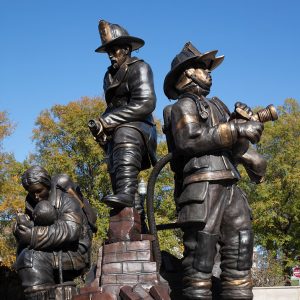 Firefighters Memorial
Firefighters Memorial
Entry Category: Historic Preservation
 Firefighters Memorial
Firefighters Memorial
First Baptist Church (Little Rock)
aka: EMOBA
aka: Museum of Black Arkansans and Performing Arts Center
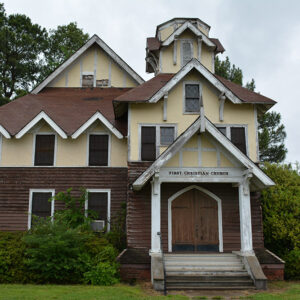 First Christian Church
First Christian Church
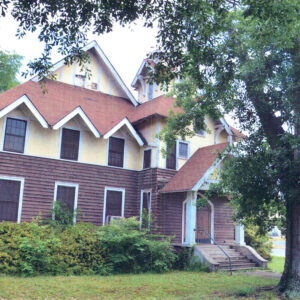 First Christian Church
First Christian Church
First Christian Church (Lonoke)
 First Christian Church Detail
First Christian Church Detail
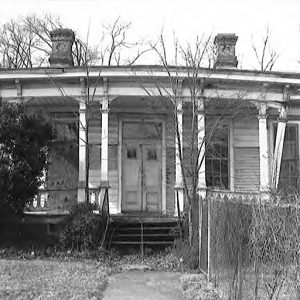 First Hotze House
First Hotze House
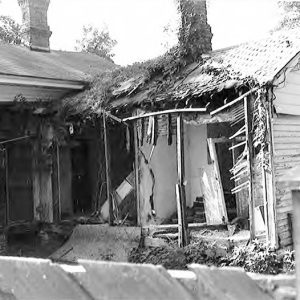 First Hotze House
First Hotze House
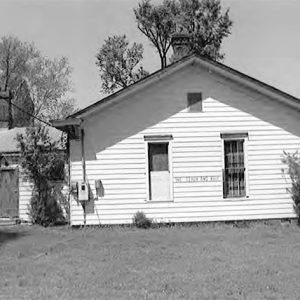 First Hotze House
First Hotze House
First Hotze House
 First Lady Gown
First Lady Gown
First Presbyterian Church (Fordyce)
 First Presbyterian Church (Fordyce)
First Presbyterian Church (Fordyce)
First United Methodist Church (Fordyce)
Fishback School
Fitzgerald Station and Farmstead
Fitzhugh Snapp Company
Flanagin Law Office
 Fletcher Library
Fletcher Library
Florence Crittenton Home
 Florence Crittenton Home Story
Florence Crittenton Home Story
Florida Brothers Building
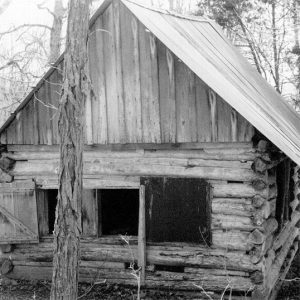 Flowers Cabin
Flowers Cabin
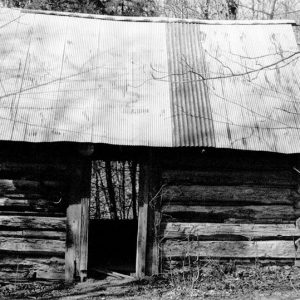 Flowers Cabin Entrance
Flowers Cabin Entrance
 Flowers Cabin Side View
Flowers Cabin Side View
 Flowers Cabin Windows
Flowers Cabin Windows
 Fly's Eye Dome
Fly's Eye Dome
 Fones Building
Fones Building
 Fordyce Commercial Historic District
Fordyce Commercial Historic District
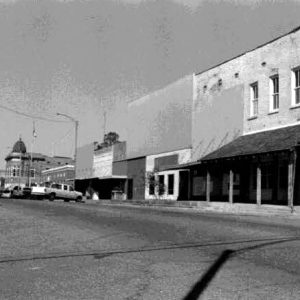 Fordyce Commercial Historic District
Fordyce Commercial Historic District
Fordyce Commercial Historic District
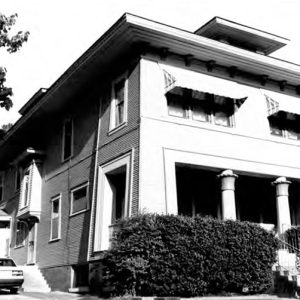 Fordyce House
Fordyce House
 Fordyce House
Fordyce House
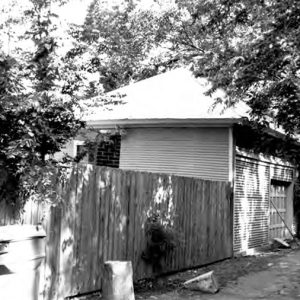 Fordyce House
Fordyce House
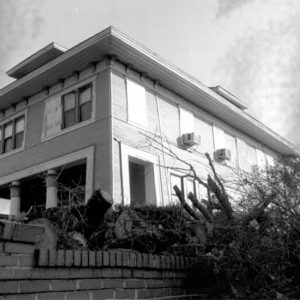 Fordyce House
Fordyce House
 Fordyce House
Fordyce House
Fordyce House
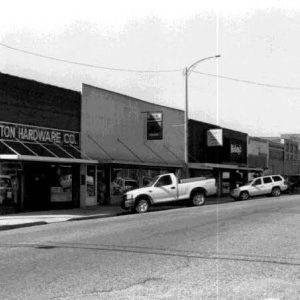 Fordyce Street Scene
Fordyce Street Scene
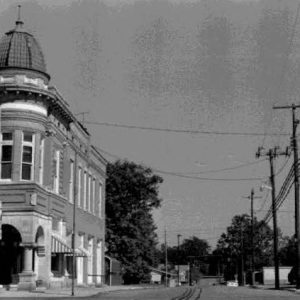 Fordyce Street Scene
Fordyce Street Scene
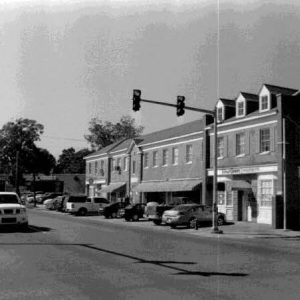 Fordyce Street Scene
Fordyce Street Scene
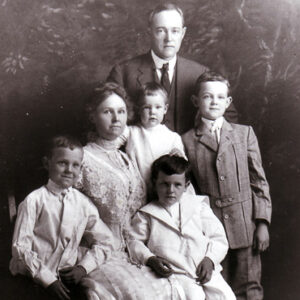 John Fordyce Family
John Fordyce Family
Fordyce, John Rison
 Former Society Presidents
Former Society Presidents
Fort Logan H. Roots Military Post Historic District
aka: Fort Roots
Fort Smith Confederate Monument
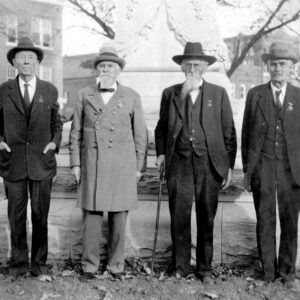 Fort Smith Confederate Monument
Fort Smith Confederate Monument
Fort Smith Historical Society
Fort Smith Museum of History
Fort Smith National Cemetery
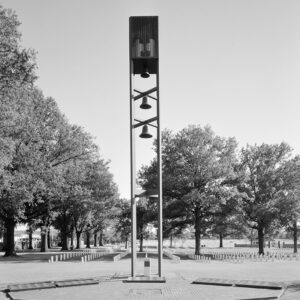 Fort Smith National Cemetery
Fort Smith National Cemetery




